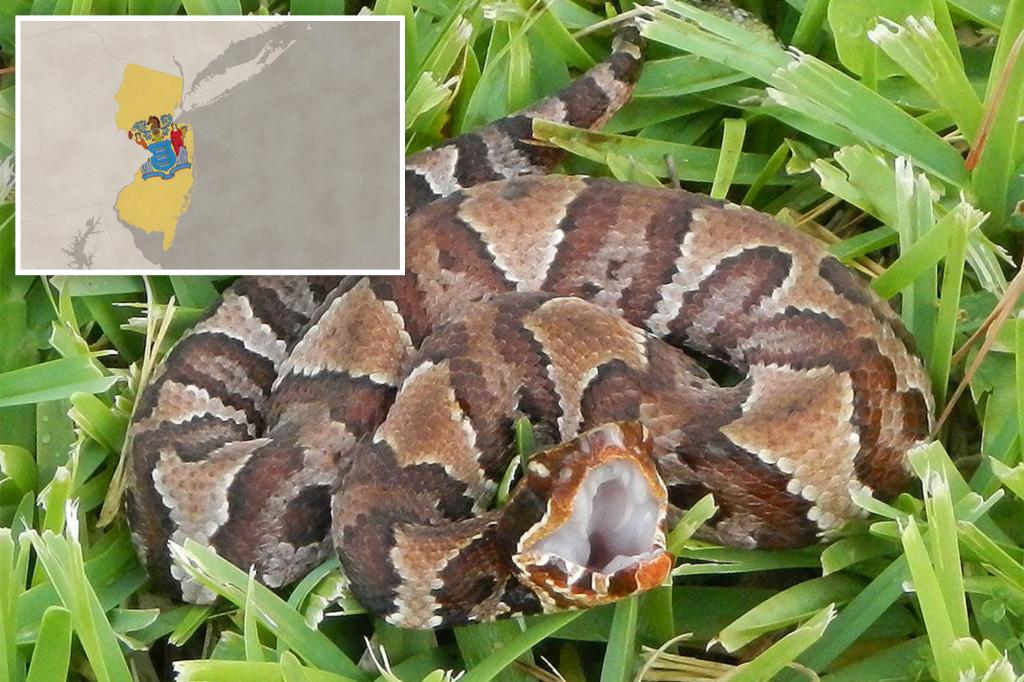Wildlife officials in Somerset County, New Jersey issued a warning to be on guard for northern copperhead snakes after one was spotted in Watchung, a borough near New York City. The northern copperhead is described as having two shades of copper or a reddish-brown color, and can be found in rocky fields, berry thickets, woodlands, and farmlands. This species is one of two venomous snakes in New Jersey. According to Tyler Christensen, a PhD candidate studying copperheads at Rutgers University, most people who live in copperhead areas coexist with them without conflict and may not even realize they are there.
While the warning was specific to New Jersey, copperheads are prevalent in other parts of the nation as well. Copperheads are much less dangerous than their reputation suggests, as they are calm and docile, relying on camouflage rather than venom for defense. They will usually only bite as a last resort, and their venom is mild compared to most vipers. Copperheads are extremely camouflaged and can be difficult to spot against a background of leaves, brush, and twigs. It is advised to avoid touching or approaching copperhead snakes if encountered, as they will not attack and will quickly try to escape.
To prevent possible encounters with copperheads, the University of Virginia recommends wearing boots when hiking, using a flashlight when walking after sunset, and being cautious near streams, rivers, and lakes where snakes are common. It is important to never touch or pick up a snake if encountered. If a copperhead is encountered in a natural setting, it is best to leave it alone to avoid being bitten. Most bites occur when people try to handle or move the snake themselves. If bitten by a copperhead, it is advised not to attempt to capture or kill the snake, but to seek immediate medical treatment.
Copperheads are found in various regions of the United States and are known for their calm and docile nature. They rely on camouflage for defense and will usually not attack humans unless provoked. It is important to be aware of the presence of copperheads in areas where they are common and to take precautions to avoid encounters with them. By being cautious when hiking, using a flashlight at night, and leaving snakes alone if encountered, individuals can reduce the risk of a copperhead bite. If bitten, seeking prompt medical treatment is crucial for a quick recovery.


